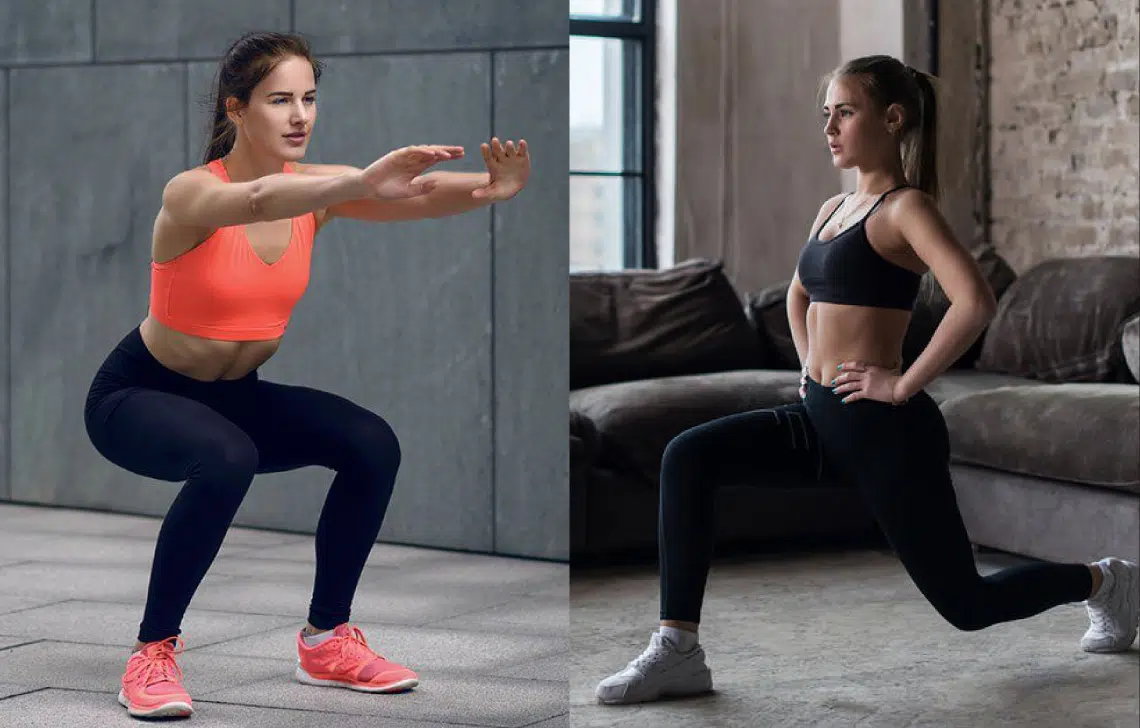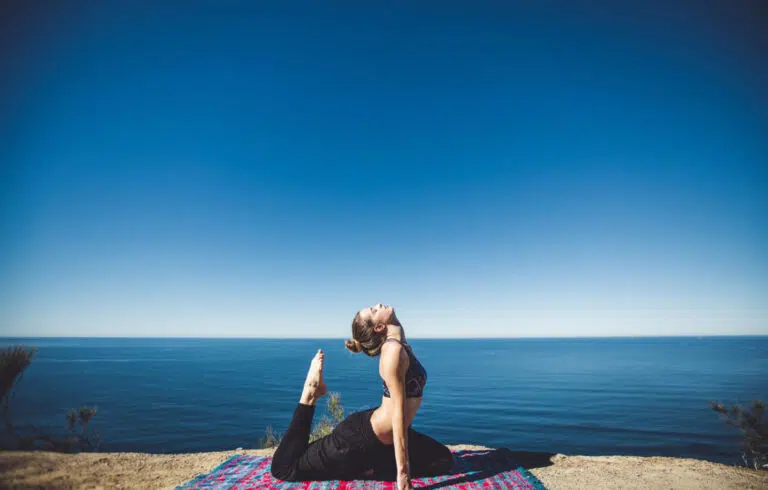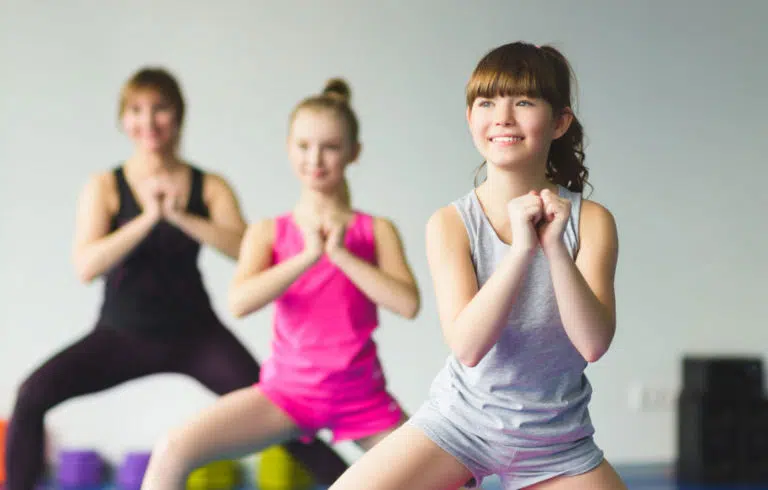One of the best strengthening exercises you can add to your weekly routine are squats. Squats use every muscle group, in particular the lower body, and burn calories in the process. If done correctly, squats can be beneficial to your knees by strengthening the muscle groups and connective tissue around the knee joint. However, anyone experiencing any joint pain-whether it’s knees or hips- squats can be painful when performing. One of the common injuries that keep people from squatting is Patellofemoral Pain Syndrome or better known as Runners knee. Luckily, there are other safe and effective alternatives to squats if your knees or hips are compromised.
Reverse Lunges Versus Squats
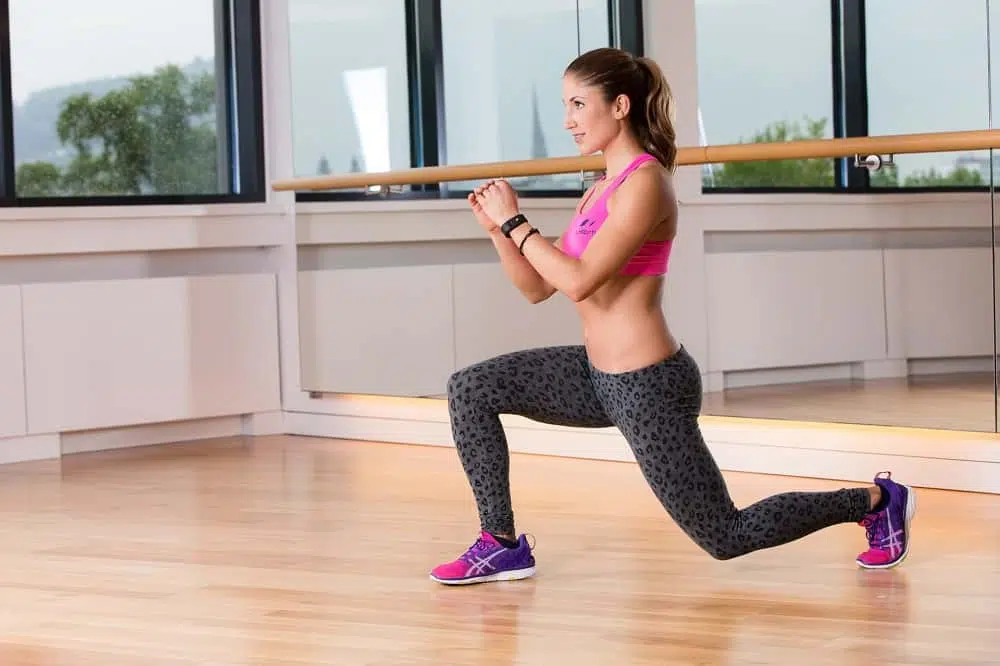
If you are experiencing any knee or hip joint pain there are exercises that are just as effective as squats with limited stress on the knees or hip joints. One of these exercises is a reverse lunge. Reverse lunges are functional exercises that work your entire body- in particular your quadriceps, glutes, hamstrings, and calves. Reverse lunges also improve your overall mobility and coordination. In order for reverse lunges to be effective, they must be done with proper form and control.
To perform reverse lunges, first you need to stand straight with your hands on your hips. Always make sure your ab muscles are engaged throughout the entire exercise. Next, take a large step backwards with the left foot making sure the opposite knee (right) is at an 90 degree angle. It’s important that you are bending the back leg carefully to avoid banging the knee on the floor which can result in potential patella damage. Pressing through the right heel, return to standing position. Repeat the same form for the opposite leg. Usually 3 sets of 12-15 reps on each side will do the trick. If you have mastered reverse lunges and are able to load, you can incorporate dumbbells or barbells to your routine for more of a challenge and added resistance.
Monster Walks Get the Job Done
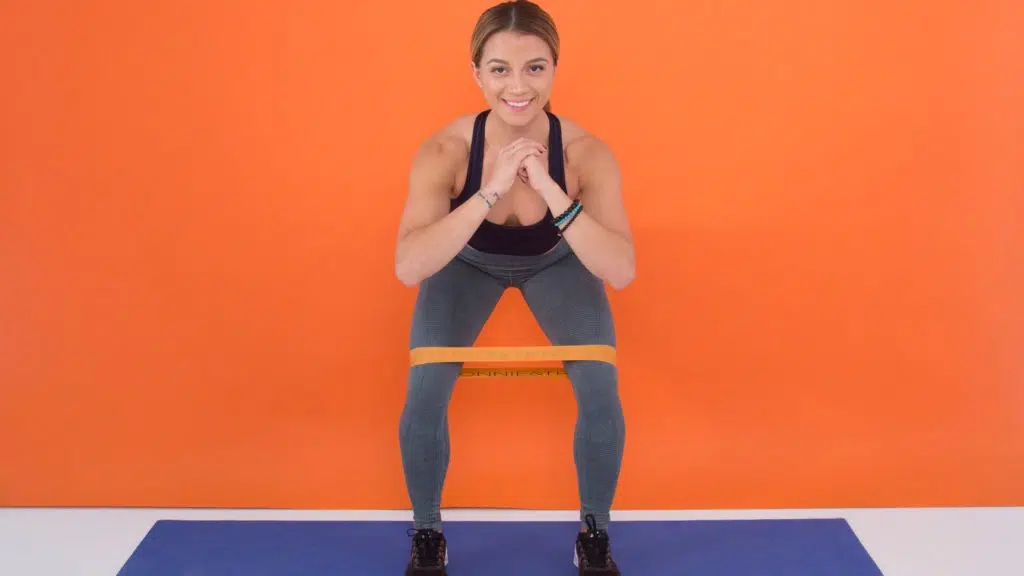
Another option to squats are monster walks. If you are experiencing weakness in the glutes (in particularly the gluteus medius) or have poor hip activation, monster walks are an essential exercise to add to your fitness routine. Weak glutes lead to poor stabilization in the knees which results in knee and other joint pain. Monster walks are simple to perform and accessible to anyone. However, constant tension is needed in order for this exercise to be effective and target the necessary muscle groups.
There are many ways to do monster walks, however I will discuss a very simple variation-lateral monster walks. Lateral monster walks are done with a mini- band placed around the thighs (slightly about the knees). By placing the band higher on the leg opposed to the ankles or feet, the hips are able to feel more of the resistance from the band. Standing with your feet parallel and shoulder width apart, slightly bend your knees and keep your hands on your hips. Leading with your knee (not your foot) with resistance on the band take a small step out to the side. Repeat these steps 15 times on each side paying careful attention that you aren’t dragging your feet or dropping your shoulders in the process. Monster walks can also be done moving forward or backwards. The same principles apply-keep constant tension on the band with slow and controlled movements.
Can Leg Extensions and Curls Replace Squats?
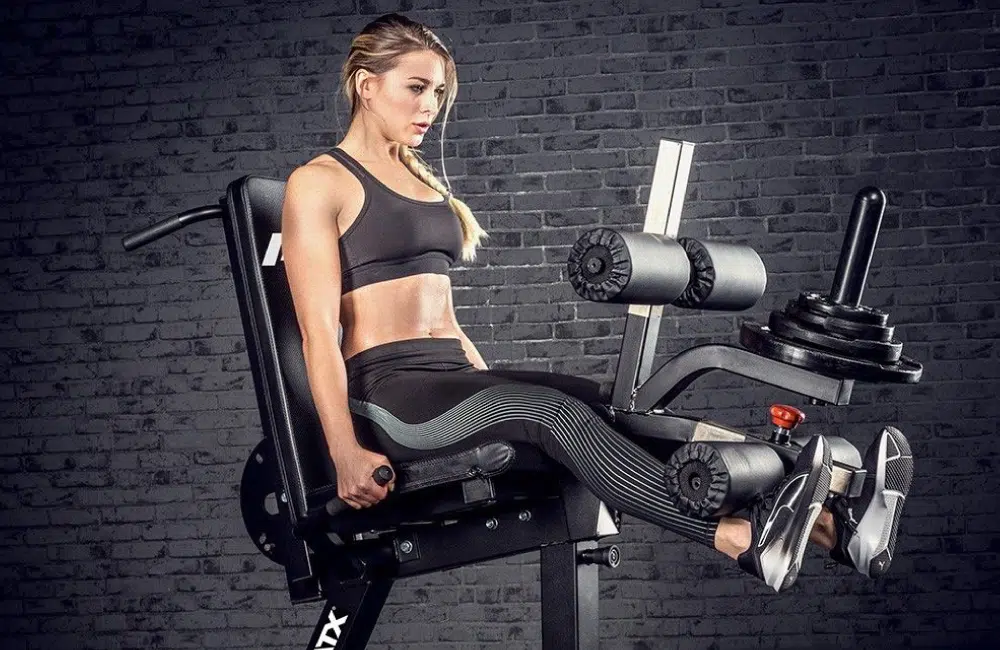
Finally, leg extensions and curls can replace squats if your goal is to target the quads and hamstrings directly. Leg extensions can be beneficial for targeting quads, however weight management is key in order to avoid injury to the knees in particular the ACL. Hamstrings are muscle groups that are often neglected and if done with limited loading, there is very little risk of injury to the knees. It is also important to balance out the quad muscle groups by doing leg curls. Leg curls use much less energy and are easier to do because they are less technical than squats. Both leg extensions and leg curls can be done using machines or resistance bands.
Knee or hip pain can sideline your squat routine until you are strong enough to resume, however there are a variety of different exercises that can keep your lower body active and strong. Even though squats are considered one of the most important exercises you can do, they may not be for everyone especially for those suffering from joint pain. Squats require a lot of energy and can be very technical and may not be suitable for people with joint aliments. Reverse lunges, monster walks, and leg curls are three exercises you can try if you’re experiencing any joint pain.
Best in health,
Tasha Ingram

